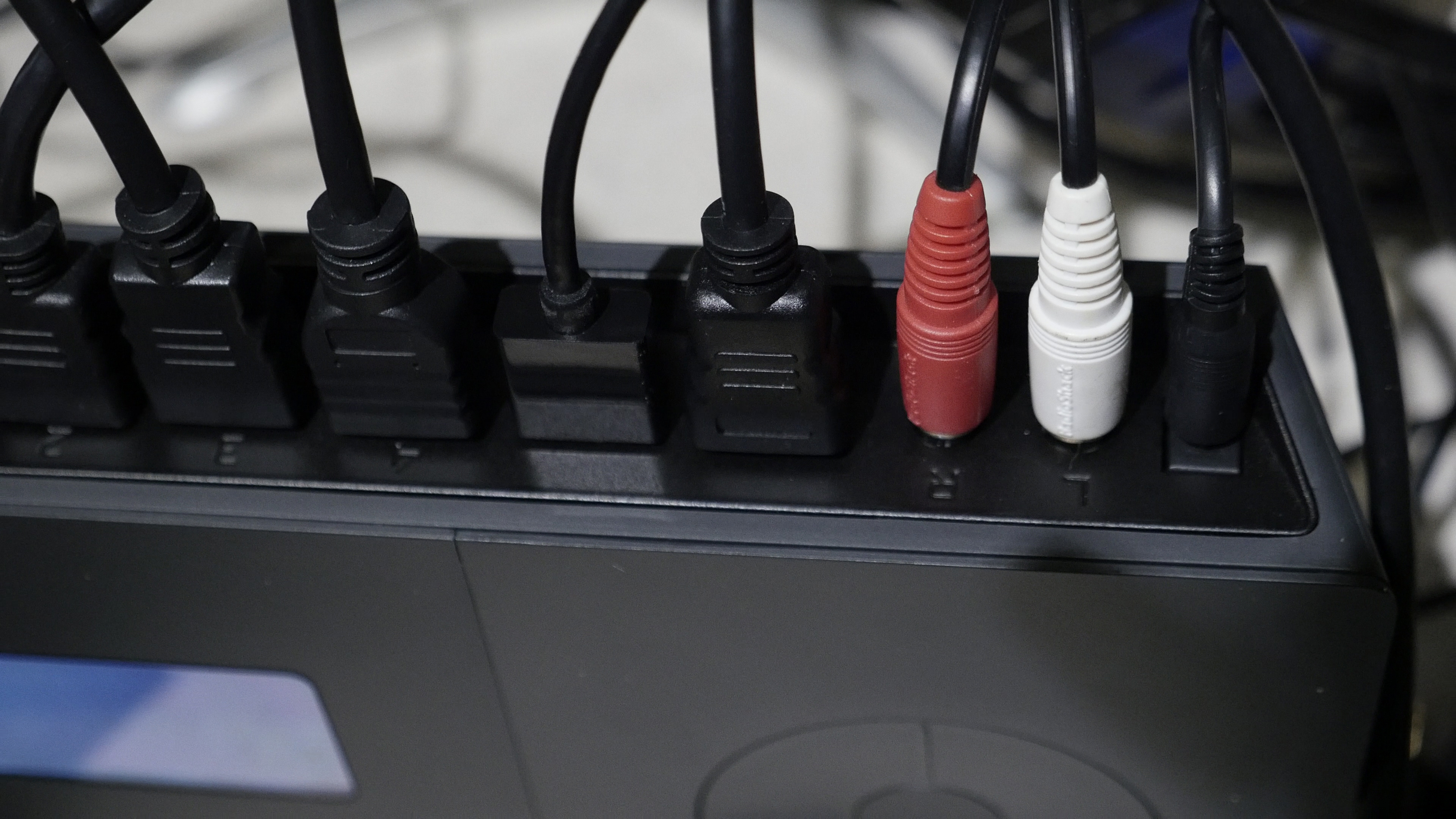Review: Cerevo LiveWedge FullHD Video Switcher
At the bare-bones, sub-$1000 level, there are very few HD mixers that combine the mixing, recording, and streaming capabilities that the Cerevo LiveWedge offers, although this device does come with a few caveats.
As more budget HD mixers enter the market, how does a manufacturer get their product to stand out? The most likely approach is to build in functionality that would normally require another, expensive, external device, such as streaming or recording. How about both? At the bare-bones level, there are very few mixers that offer the capability that the Cerevo LiveWedge offers, although this device does come with a few caveats. Let me introduce you to what the LiveWedge can, and can't do.
Hardware
The Cerevo LiveWedge is not a very big device. It's about two hands wide and has a small, basic LCD display on top. It’s not very thick, and it’s not hampered from being put onto a sliding tray in a rack because it has no T-bar that sticks out unnecessarily. All the ports line the back edge (Figure 1, below).

Figure 1. There Cerevo LiveWedge. Click the image to see it at full size.
In the video at the top of this page, I have it connected to four different HDMI inputs. The LiveWedge has only HDMI inputs and outputs for video. There is a Preview output and a Program output. Preview can be set to be a different output than program, or a quad split of all four inputs, which is what I used in the video [https://youtu.be/R1NKDmiEPd0].
There are two RCA jacks for a line level, stereo Aux audio input. There's power port for an external power adapter. There is also an ethernet port for networking, as well as built-in 802.11 WiFi networking (Figure 2, below). I utilized 802.11n at 5.4 GHz for the fastest throughput. There is also an SD card slot for internal recording.

Figure 2. Rear-panel I/O on the LiveWedge. Click the image to see it at full size.
As much as I would have liked the LiveWedge to perform a TriCaster-like, simultaneous record and stream, it simply does not do that at this time. It records or streams, but not both at the same time. Also, the SD card cannot be used for media playback as there is no media player in the LiveWedge.
On the top surface, there's a small LCD display that shows your current Cut/Mix/Wipe setting, as well as icons for the status of the preview out, WiFi broadcasting, internal recording, mix duration, audio level adjustments, whether there's a SD card present, and the audio level (Figure 3, below).

Figure 3. The LiveWedge’s LCD display. Click the image to see it at full size.
A gear icon takes you to internal settings, and four numbered icons indicate which input is live (Figure 4, below). There's also a thin line of text that can display various status messages. The single-color LCD is fairly low resolution, and covered by a reflective plastic cover so it's not the easiest display to read, but it’s fairly clear in what it's trying to convey.

Figure 4. Internal settings. Click the image to see it at full size.
On the quad-split preview video output, the video is not perfectly smooth, but it's usable. There's a red border around the input that's live (or recording), and, if you are doing an effect, a second border- blue- indicates when a second source is being used at the same time.
In testing, I fed the LiveWedge disparate sources--1080i59.97 from one camera, 1080p29.97 from my DSLR, and 1080p60 from my laptop--and the LiveWedge handled all of these inputs and mixed them just fine.
Related Articles
Cerevo offers a package with their multistream-capable LiveShell X and the RICOH R Development Kit streaming camera for users looking for some serious streaming hardware for their 360 productions.
If you're looking to add a third-party tally to an existing system, there are only a few options available. The FlexTally is flexible, extensible, and wireless.